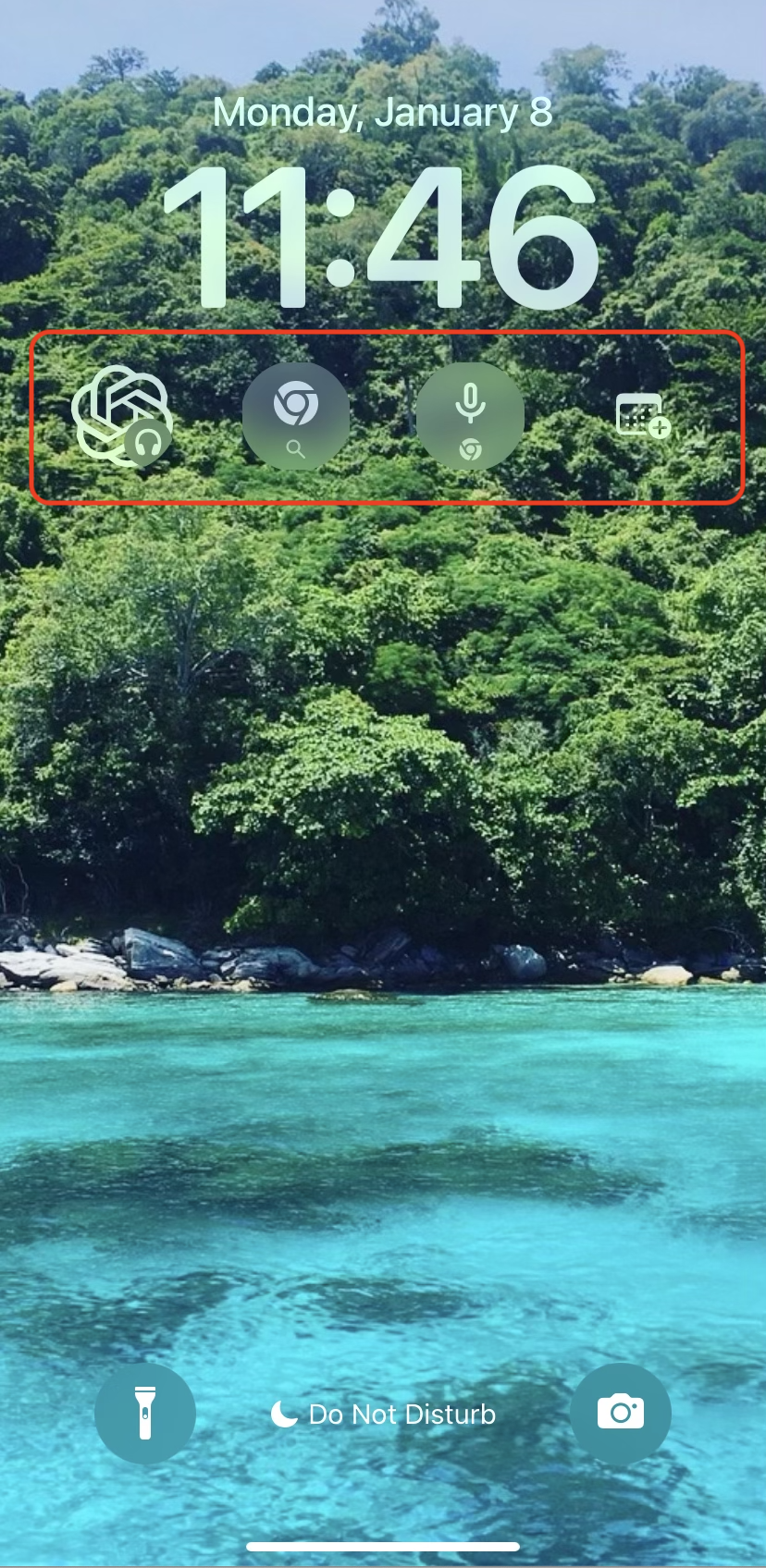This blog post was generated by combining my messy notes with ChatGPT ;) The title image was generated using Midjourney with the blog post title as the prompt.

Experiment Length
Estimated Time: 1.5 hrs
Actual Time: 1.5 hrs
Summary
Tracking hours is essential for managing time effectively, but finding a method that sticks has been challenging. My quest for a joyful tracking experience led me to experiment with various tools. Initially, I leaned on traditional time tracking apps and Google Calendar, but they lacked a certain ease and joy. This time, I tried to shortcut the time to log an event by using voice-command updates on my phone and desktop routed to Google Calendar. This experiment is inspired by the blend of IdeaFlow and Google Calendar. My hope is this would create a time tracking habit that feels good and is sustainable.
Plan
Evaluation Plan: My satisfaction is the dependent variable, and the time tracking method is the independent variable. The task involves routed voice commands on my mobile and desktop. The major threats to this experiment are my own motivation and high expectations of daily achievements.
Result: 🟠 Fail (with some success)
Sadly, the system fell short in a few areas. It couldn’t handle calendar dates effectively, and there was no solution for integrating with my Mac. While the experiment didn’t fully succeed, I was able to still able to save my future self time adding Google Calendar events.
On the positive side, I realized the potential in iOS shortcuts and home screen widgets. I tried the ChatGPT widget, which was impressive, and even added Google Chrome and ChatGPT widgets for both text and voice searches. Eventually, I stumbled upon a hacky shortcut from a Reddit post five years ago (Voice-Activated Google Calendar Shortcut) - a hidden gem that helped me hook into Google Calendar via iOS shortcuts. The last step was adding this shortcut to my lock screen via LockFlow, which was a game-changer.

What I Learned
iOS shortcuts and widgets are incredibly powerful tools. The quality of Siri’s transcription was a pleasant surprise, at least for my Californian American accent, and it made me think about the potential for using accessibility features in systems like Apple’s. Maybe that’s an avenue for future experiments.